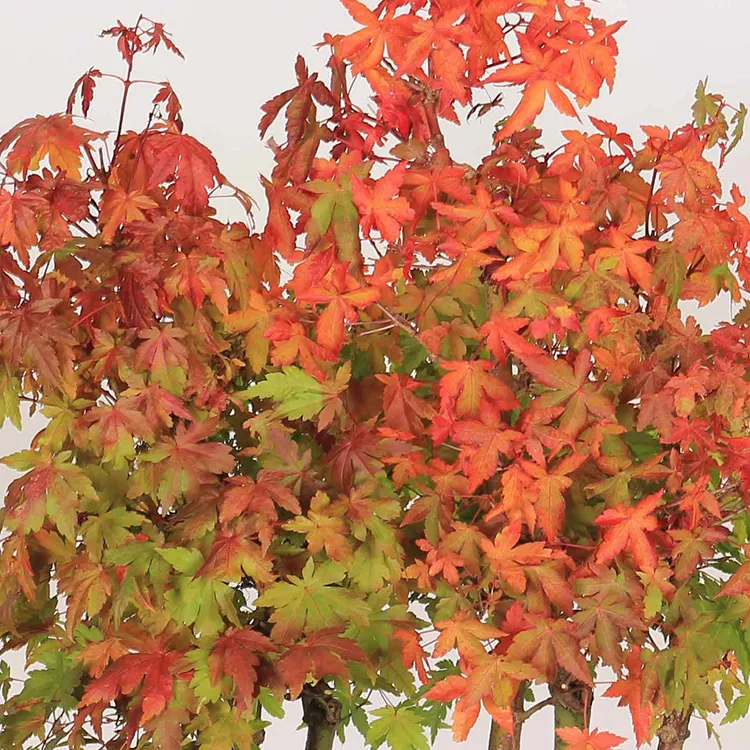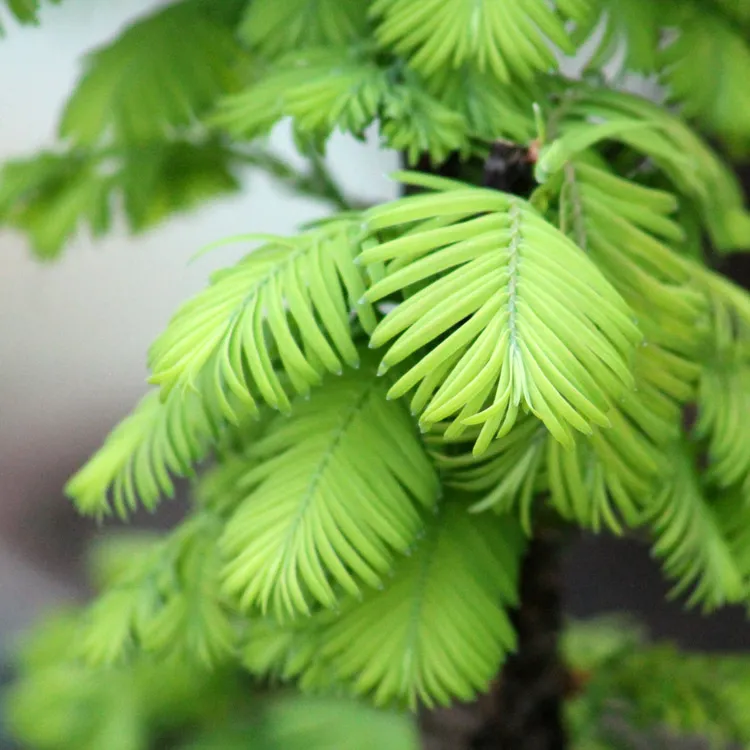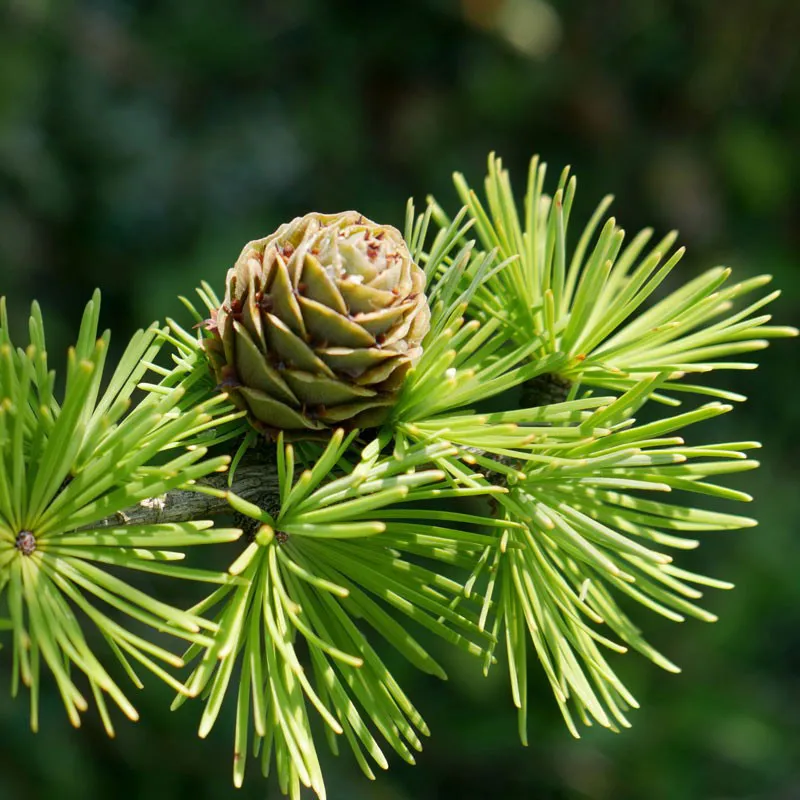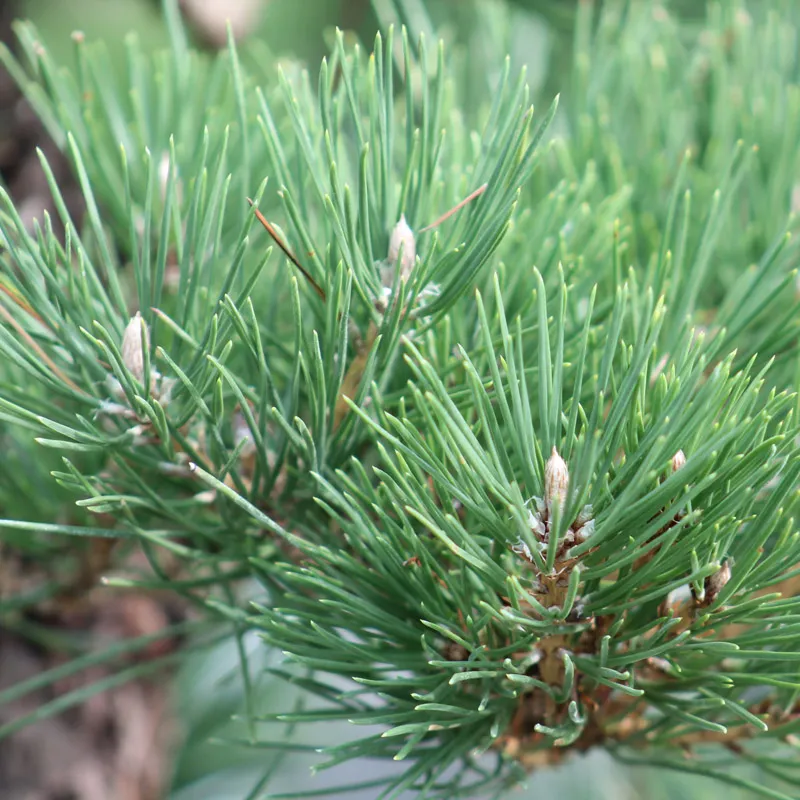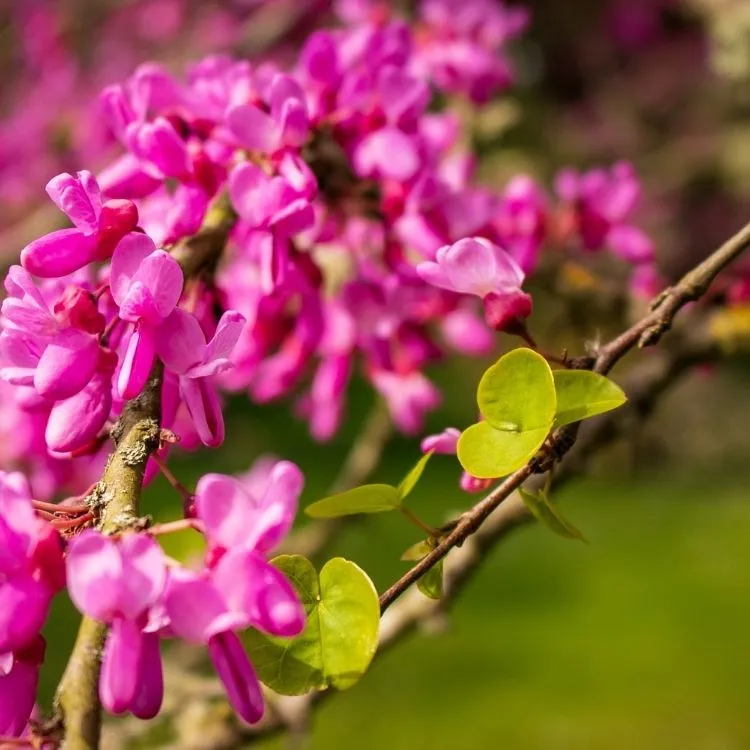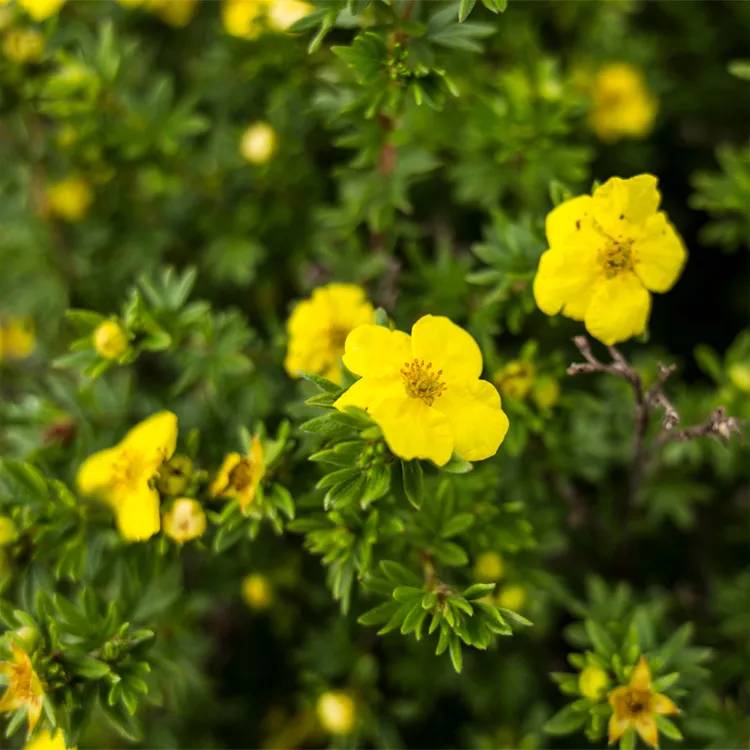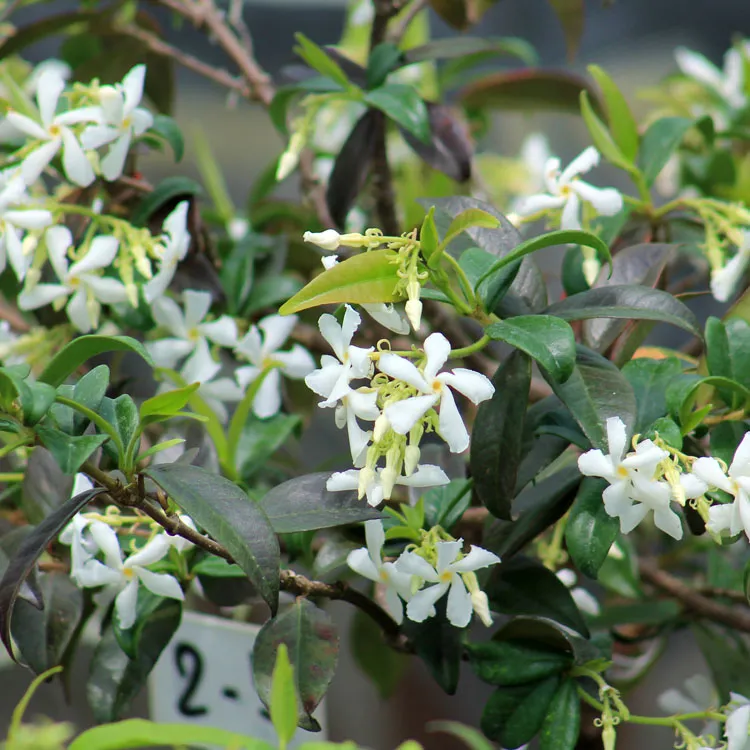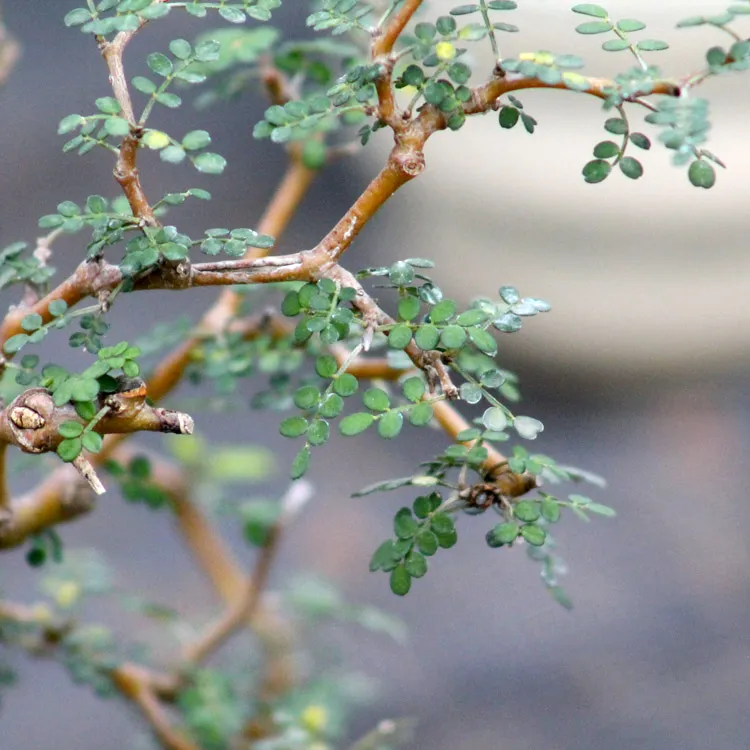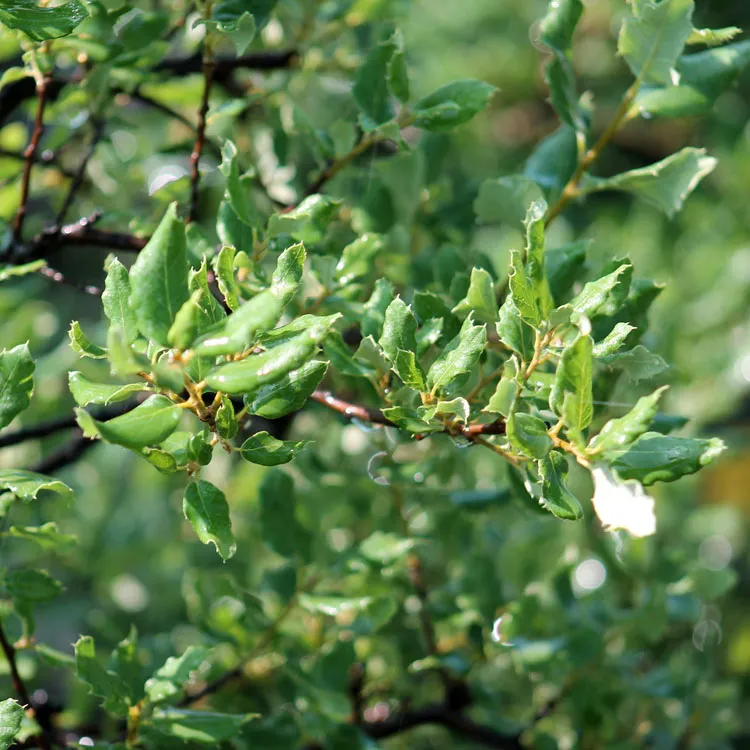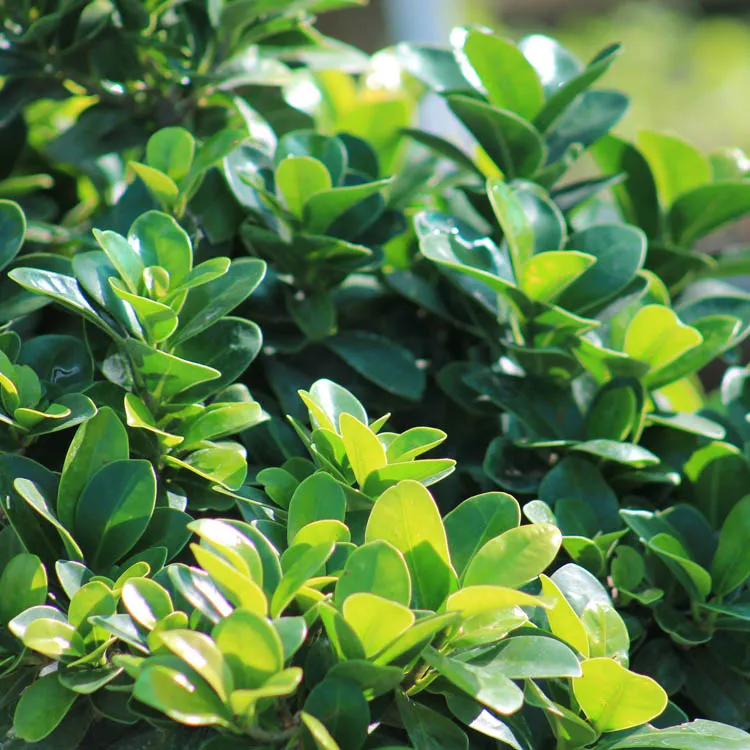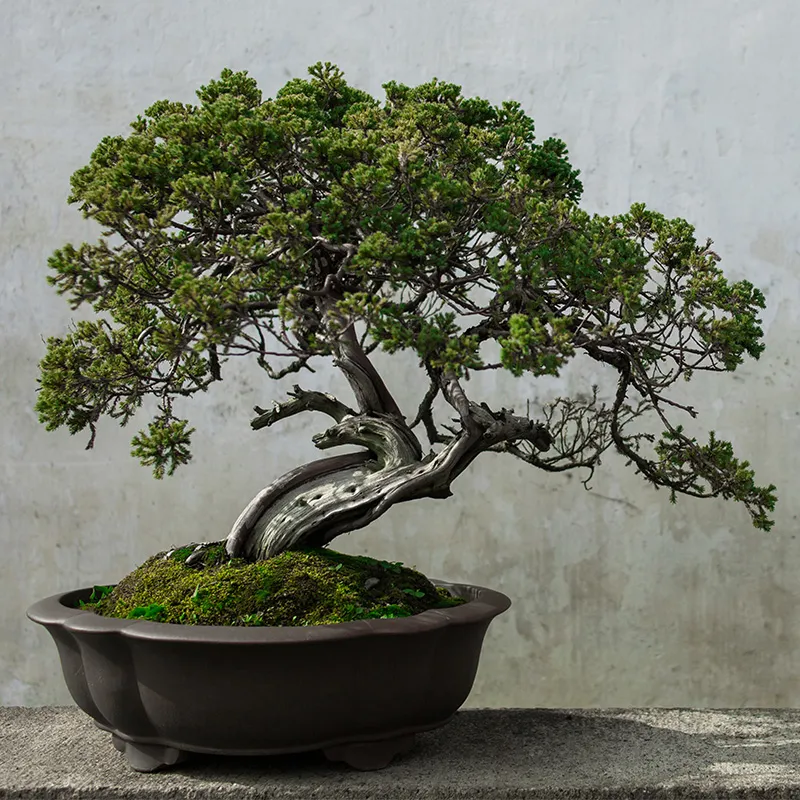The Chinese elm, or Ulmus Parvifolia, is one of the most common bonsai species : it can be found in all garden centres and supermarkets during special operations. However, this does not necessarily work in its favor since it is wrongly considered a beginner's tree and not very interesting. While it is an ideal tree to get started in this art, thanks to its ease of cultivation, it also allows you to create beautiful bonsai of high class.
» Chinese elms for sale, direct nursery
Why choose a Chinese elm as a bonsai?
What we appreciate most are its small, deep green leaves. The Chinese elm reduces the size of its leaves very well. When grown in pots, they are less than 1 centimeter in size. It is a species particularly well suited to the creation of small bonsai, shohin or mame. The internodes are also very close together, which makes it possible to create a very dense branching, with vegetation plateaus forming real clouds.
Over time, the bark loses its smooth, youthful appearance to become thicker and crack, giving this tree a real patina.
The Chinese elm is a very vigorous tree. In its natural environment, it can grow up to 20 metres tall and in pots it retains a lot of vigour. Throughout the growing period, it produces long stems that need to be trimmed to maintain their shape. This vigor also allows him to forgive many mistakes, and this is one of the reasons why he is popular with beginners.

How do you care for a Chinese elm?
Location
It's a bonsai that likes a lot of light, so place it outside. Chinese elm can be grown indoors but only if you put it in a very bright place, next to a window. If there is no light, the leaves will be larger and may even start to fall off. So you might as well make your life easier and find a place for it in the garden or on a balcony.
During the summer, however, the Chinese elm likes partial shade when the sun becomes scorching. Try to find it an eastern exposure to give it morning sun and protect it in the afternoon.
When winter arrives, bring frost protection. While slightly below zero temperatures will be harmless, be more wary when they drop below -5°C. You can easily leave yourself outside in a small cold greenhouse.
The Chinese elm is a semi-evergreen tree, which means that depending on the growing conditions you offer it, it will retain its leaves, or not. If placed outside all year round, the leaves will turn yellow and fall off in the fall, like a deciduous tree. On the other hand, if it is highly protected or grown indoors, it will retain its leaves.
In our nursery, all the Chinese elms are placed outside and remain there all year round. They are therefore perfectly acclimatized and are stripped bare during the winter, which allows their fine branching to be appreciated.
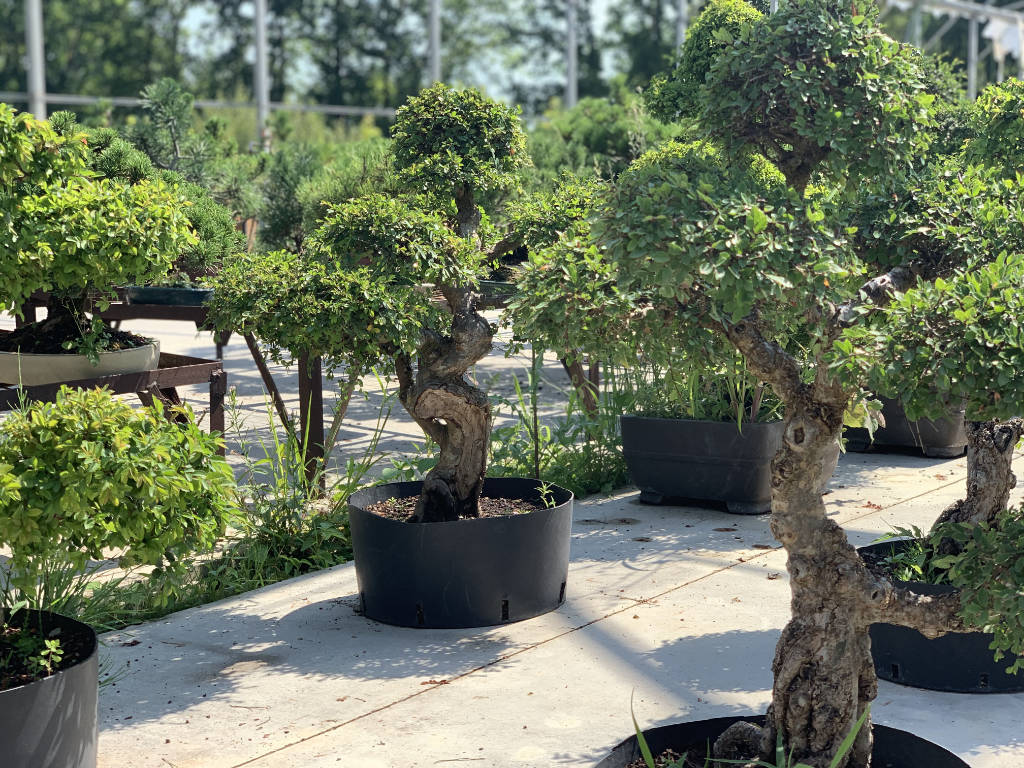
Watering
It is a species that likes cool, slightly moist soil, but like most bonsai, it fears excess water. Let the substrate dry on the surface before watering again until the water drains through the drainage holes. In hot weather, water copiously, as the tree will transpire a lot and the pot will dry out quickly. It is most often in winter that you can have problems with excess water.
If you grow your Chinese elm indoors, the risk is that you will water too little so as not to damage your furniture. We advise you to take it outside (if you have the possibility) or at worst to put the pot in your kitchen sink, in order to water and moisten the substrate completely. Wait a little while for the excess ezau to drain away and put it back in its place with a small dish that will prevent the last drops from falling on the furniture.
If you've missed a watering and your Chinese elm has taken a beating, you're going to see the leaves fold in on themselves a bit. Sometimes they can even fall off. Place the jar in a container of water and leave it for a few minutes while the root ball hydrates again. As soon as you no longer see air bubbles rising to the surface, you can remove it. Then place the tree in a shady corner until you see that it is growing again, with the appearance of new leaves.
On the other hand, overwatering often results in yellowing leaves at the tips of the branches (not to be confused with yellow leaves inside the tree, as we will see later). In this case, do not water again and wait until the root ball is well drained before watering again. Place the Chinese elm in partial shade, protected from direct sunlight, and wait for it to grow new growth.
Pruning and shaping a Chinese elm
The Chinese elm grows fast and from March to September you will see long stems developing. Wait a little and you will see that these shoots will gradually change from green to brown, they lignify and turn into wood. Then prune on the lignified part in order to cause a rear bud. Reduce to 2 or 4 pairs of leaves in order to obtain a dense branching.

Also take the opportunity to cut off the badly placed shoots, those that go directly vertical or point downwards. When there are several tee-heads at an intersection, keep only 2 of them because the Chinese elm has an unfortunate tendency to form unsightly balls where there are many tee-offs. The key to having a nice branching is to take care of the pruning.
When you let it grow, you will definitely see yellow leaves inside the tree. This is normal, by forming new leaves at the end of the branches, the elm sheds the oldest leaves. All you have to do is shorten it and you will see new buds and twigs appear where the leaves have turned yellow and fallen off.
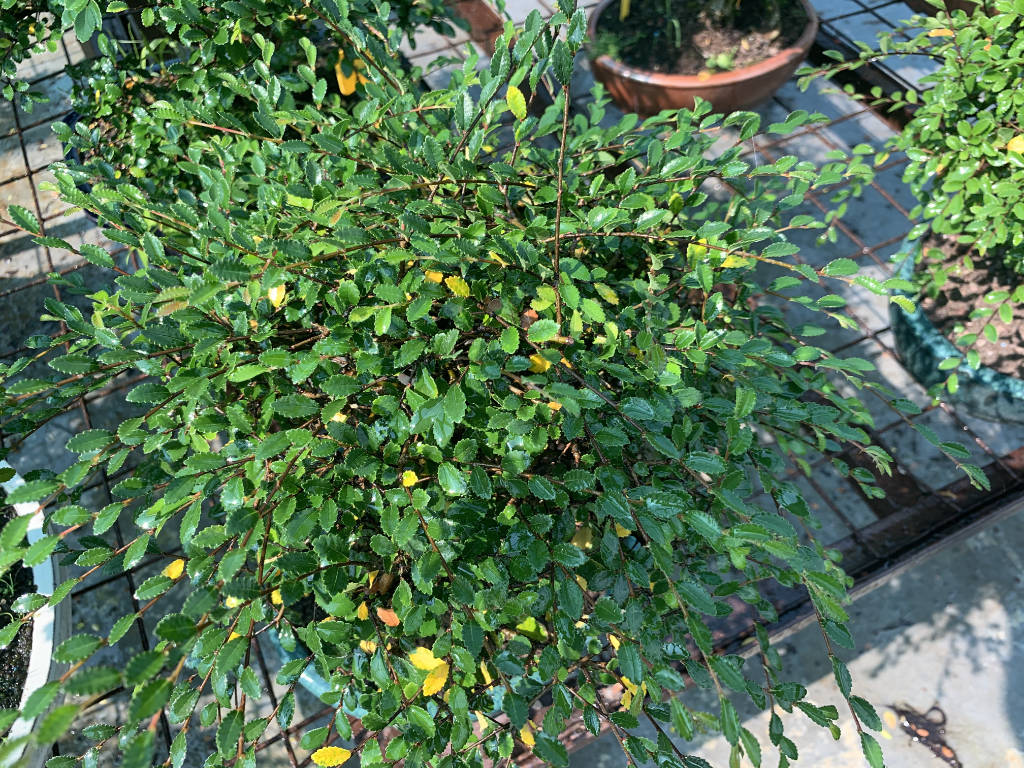
Repotting & Substrate
The Chinese elm likes cool soils with a good amount of organic matter in order to maintain good humidity. But the substrate must also contain a good amount of drainage in order to avoid water retention at the top of the pot.
Repotting is done in the spring, when you see the buds turning a soft green color, just before bud break. Cut off the longest roots that are around the perimeter of the root ball, but never cut the root ball back by more than a third as you could endanger your bonsai. Also avoid going too deep into the heart of the root ball.
While the youngest bonsai can be repotted every 3 years or so, the older ones can easily stay in their pot for 5 or 7 years. But don't repot on a schedule, prefer to do this when you notice that the pot is full of roots and that water is having trouble getting in.
Fertilization
To ensure vigorous growth, fertilize from spring to fall (April to September) with an organic fertilizer. At the nursery we also add a chemical fertilizer with low nitrogen because we see that this additional input is beneficial for the tree, with beautiful deep green leaves.
If with many bonsai species you have to be careful not to fertilize too much so as not to produce large leaves or too long internodes, the problem does not really arise with the Chinese elm. So you can fertilize without question.


 Production of French Bonsai
Production of French Bonsai


